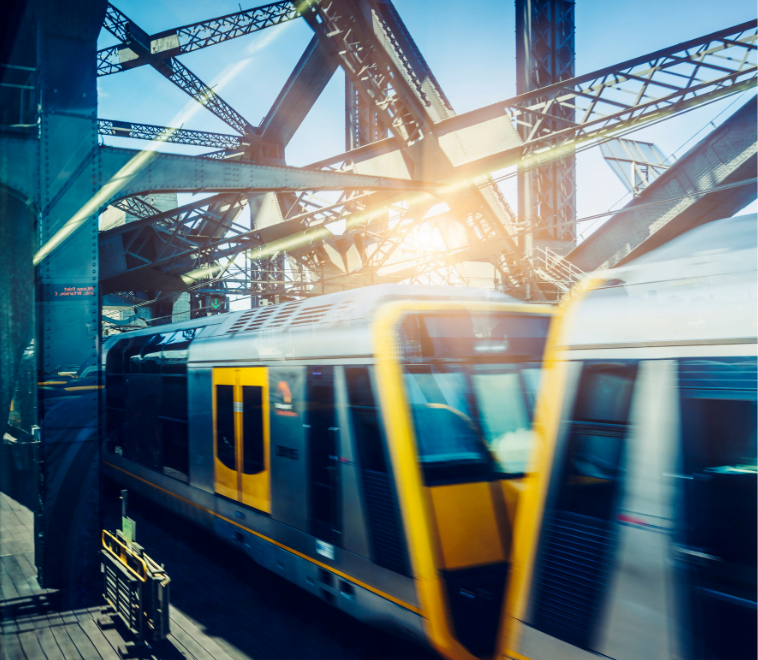
The EKE-Trainnet Lateral Acceleration Monitoring (LAM) onboard system measures lateral vibrations. Vibrations can have multiple sources, including engines, suspensions, wheelsets, tracks etc. Sensors can be placed in the bogie or on the car body.
The vibrations measured by the acceleration sensors are converted into lateral acceleration values. The data from sensors can be processed in various ways, for example by following methods defined in the industry standard UIC 518:2009. Criteria for acceptable lateral accelerations are defined by setting up threshold values which can be obtained from standards or by performing online testing.
Several levels of alarms can be set, either to notify maintenance teams about abnormalities or even to automatically stop the train in case of immediate danger. In most cases, abnormalities can be detected before the issue represents a safety risk. The EKE-Trainnet LAM is then used as a predictive maintenance tool, allowing for better maintenance planning. To increase reliability further, the system can be redundant.
Excessive train lateral vibration undermines passenger comfort. Some passengers may even tumble and injure themselves. When sensors are placed on the car body, the EKE-Trainnet Lateral Acceleration Monitoring (LAM) system enables control over train stability, thus improving passenger comfort and safety.
With sensors placed in the bogies, wheelset stability on the tracks can be monitored by the EKE-Trainnet Lateral Acceleration Monitoring (LAM) system. Preventing excessive lateral movements of wheels contributes to preventing damage to the train and possible derailment. The measured lateral acceleration can provide information on wheelset conditions, enabling improved maintenance planning. It may also provide insight to identify track damages when equipped with a GPS or other positioning system.
Lateral Acceleration Monitoring is a safety critical function commonly developed as SIL 2.
SIL stands for Safety Integrity Level and is a concept defined in the IEC 61508 standard. For the rail industry, the CENELEC has developed the EN 50126, EN 50128 and EN 50129 standards.